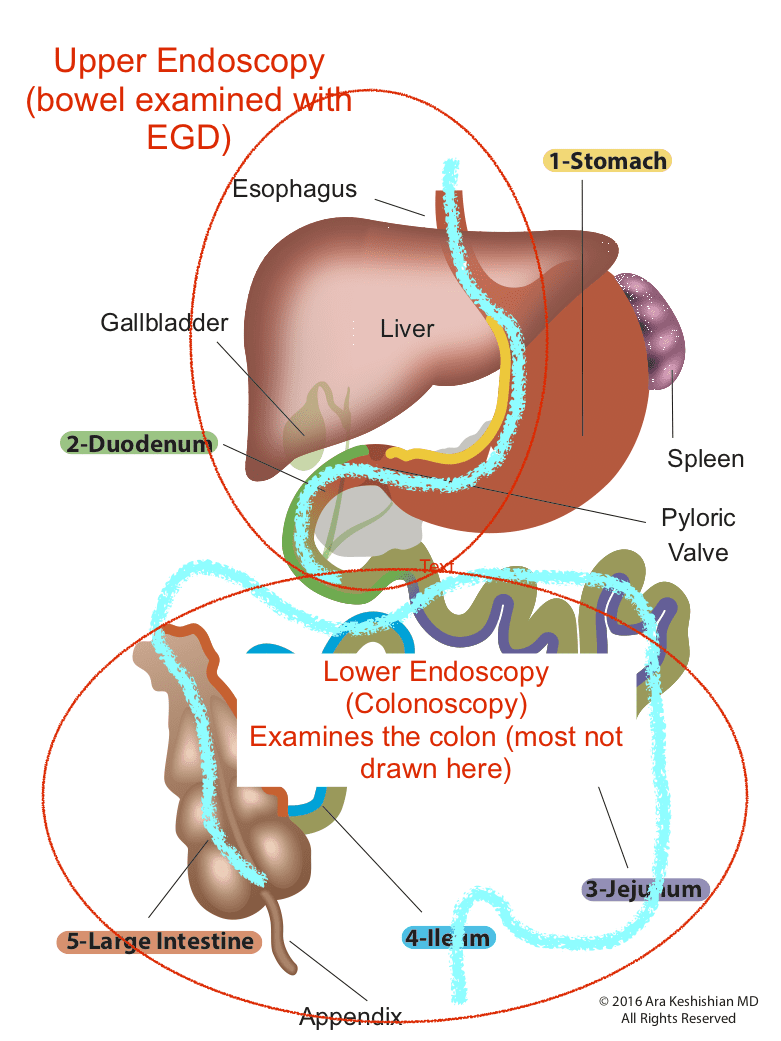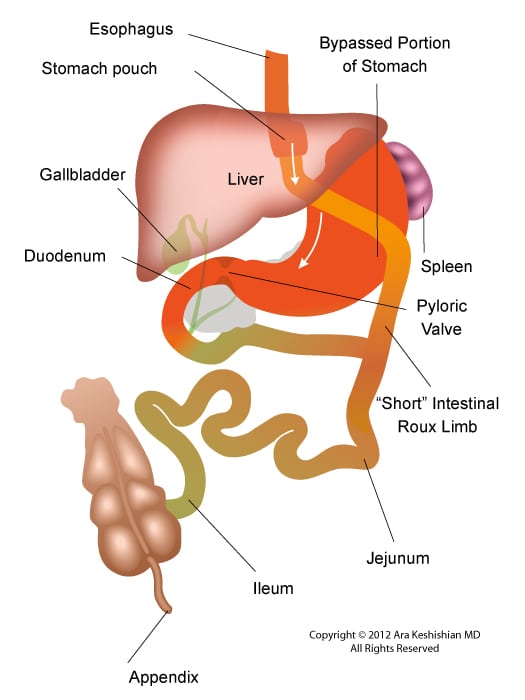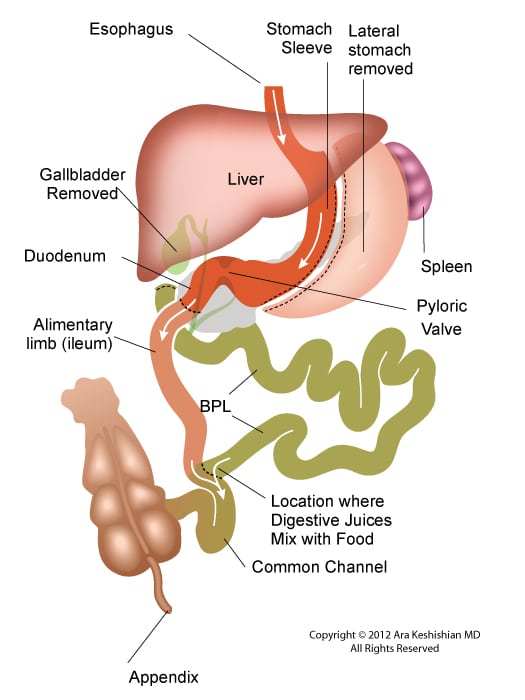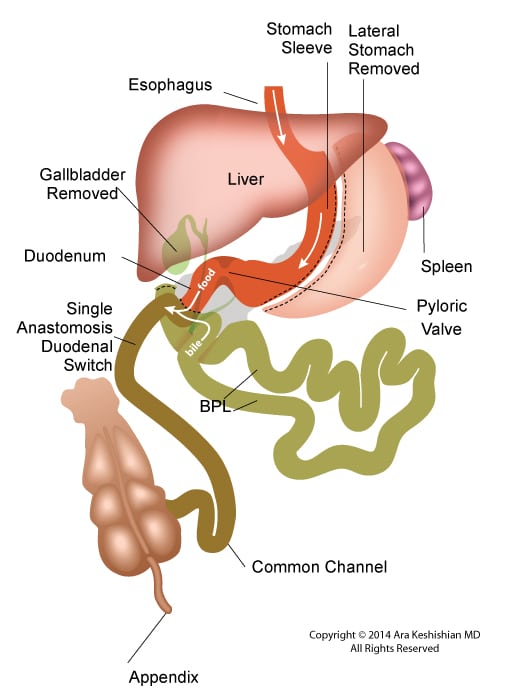Category: EGD
Long Term Health Implications of PPI Use, Antacids
November 19, 2019 12:38 pm
The FDA had initially approved almost all PPI’s, and antacids with an explicit limit placed on the duration of the therapy, which ranged in days to weeks. At that time there were no long term studies done on the health benefits, or side effects of the long term use of the PPI.
This Summary Letter outlines all the concerns dating back to 2011. I have found the information in this letter a good overview of the supporting medical evidence and lack of any long term data in regards to long term PPI.
The FDA made changes in the Black Box warning of the PPI medications. This was done with the mounting evidence and the health concerns of long term PPI use.
PPI’s have been shown to have detrimental long term side effects. It is prudent that a patient is continuously monitored and evaluated for identification of the possible underlying causes of the reflux, that may be the reason for the PPI use. There are a whole host of potential causes of reflux and other options for treatment.
There have been numerous studies recently published:
It can lead to increase risk of fractures and in a large study from the VA system it has been associated with the risk of premature death
Gastroesophageal Reflux: Bile Vs. Acid
May 14, 2019 12:52 pm
Gastroesophageal (GE) reflux is the condition when the stomach content are able to “reflux” back thru an incompetent lower esophageal sphincter (LES) into the esophagus.
Gastroesophageal reflux Disease (GERD) is the clinical condition which is the result of long standing reflux and results in microscopic and visible changes to the inner lining of the esophagus, esophageal mucosa.
GERD is a non descriptive as to the cause of the condition. It only states that the content of the stomach have been irritating the lining of the esophagus on chronic bases. This can be caused by an anatomical abnormality fo the GE junction (Hiatal Hernia), or may be related to disfunction the LES. Other possible causes of the GERD may be infection (H.Pylori) environmental (stress) and dietary (nicotine, alcohol, caffeine, spicy food) in origin.
So far we have not clarified the chemical nature of the the refluxed content.
In Acid Reflux, the relative acid overproduction of acidic secretion and the exposure of the esophageal mucosa is what needs to be addressed. This is accomplished by acid suppression medications, Anti Histamine (H2 blockers) Proton pump inhibitors (PPI) for example. The physiology, and the mechanism involving this condition is well understood. As a surgeon, we do however see patients who should have had surgical intervention. The initial mode of therapy for a patient with documented acid reflux, and or symptomatic hiatal hernia is placing them on medication. These patients are then recommended to have related upper endoscopy. Patients who do not improve or where deterioration of the esophageal mucosa, presence of precancerous cells, then the patients are referred for surgical intervention.
Bile Reflux, contrary to acid reflux may have very little if anything with the LES. The symptoms experienced by the patient may be as ofter related to the excessive bile in the stomach seen frequently
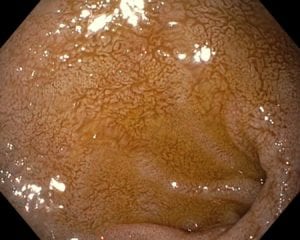
after cholecystectomy, or in those patients with dysfunctional gallbladder (low EF on HIDA scan).
The treatment of Bile reflux, is Duodenal Switch with without the associated sleeve gastrectomy component in addition to repair of hiatal hernia if present Ann Surg. 2007 Feb; 245(2): 247–253.
GI Bleed following Weight Loss Surgery
September 17, 2018 10:28 am
Gastrointestinal (GI) Bleed following weight loss surgery is rare but does require knowledge of the particular bariatric surgical procedure the patients has and how to proceed with diagnostics to fully evaluate the situation. Acute or chronic gastrointestinal bleeding can cause anemia in patients. However, Anemia may also be caused by nutritional deficiencies (iron, vitamin , minerals), Kidney disease, bone marrow disease and others. The work-up for anemia following weight loss surgery follows a routine protocol. If there is an evidence of bleeding from intestine (bloody emesis, bloody bowel movement, “tar” like black bowel movements) then the diagnostic work up would include an upper and lower endoscopy.
Endoscopic Procedures:
Upper endoscopy Esophagogastroduodenoscopy (EGD): evaluates the esophagus, stomach and a limited area of the duodenum past pyloric valve.
Lower endoscopy Colonoscopy or coloscopy: evaluates the rectus and the entire colon.
Between these two tests, there is still a considerable amount of the small bowel that is not accessible or visualized with endoscopic procedures. For the small bowel, examination Capsule endoscopy is an option in an intact GI tract. Patients who have had Gastric bypass RNY or the Duodenal Switch, the large segments of the small bowel can not be visualized or examined with capsule endoscopy.
Patients who have had Duodenal Switch, Gastric Bypass and SADI – S would need a tagged red cell scan or CT angiography if GI bleed is suspected in areas of the small intestine that are inaccessible by endoscopic procedures.
Endoscopy Procedures and Duodenal Switch
February 27, 2014 6:58 pm
Upper Endoscopy (Esophagogastroduodenoscopy- EGD)
Gastrointestinal endoscopic procedures can be done in patients after the duodenal switch operation.
An upper endoscopy in an intact anatomy, involves examination of the esophagus, stomach, pyloric valve, and the duodenum including the ampulla of vater. This is where the biliopancreatic secretions are added into the GI track for absorption of the nutrients.
The upper endoscopy examination is limited after the duodenal switch operation to the first part of the three parts of the Duodenum. So the ampulla of vater can not be examined. This is also why an ERCP cannot be performed in patients after the duodenal switch operation.
Lower Endoscopy (Colonoscopy)
Duodenal switch operation does not change the anatomy of the large intestine. The colonoscopy examination can be done as with a patient who has not had the duodenal switch operation. The only consideration should be the bowel preparation. It has been noted that the patients after the duodenal switch operation require a longer than usual time for the bower prep. We recommend patients going on a liquid diet for 4-5 days before the planned procedure. I know it sounds unexpected that we recommend patients after the duodenal switch to be on liquid diet. You may also want the physician doing the colonoscopy be aware that you may need more aggressive and longer bowel prep.
Please see examples of the upper endoscopy here.
- Weight loss Medications compared to surgery February 20, 2024
- SIPS-SADI and ASMBS December 31, 2023
- Survey December 16, 2023
- Long Term Outcome Survey December 1, 2023
- Weight Loss Injection May 10, 2023

